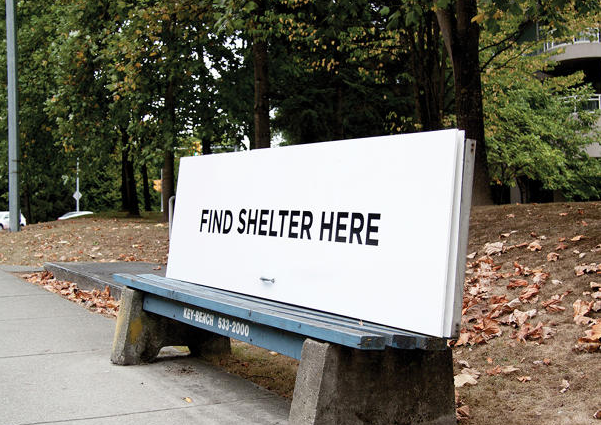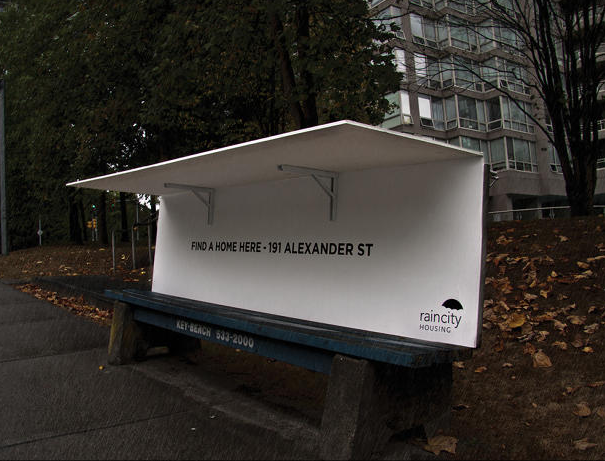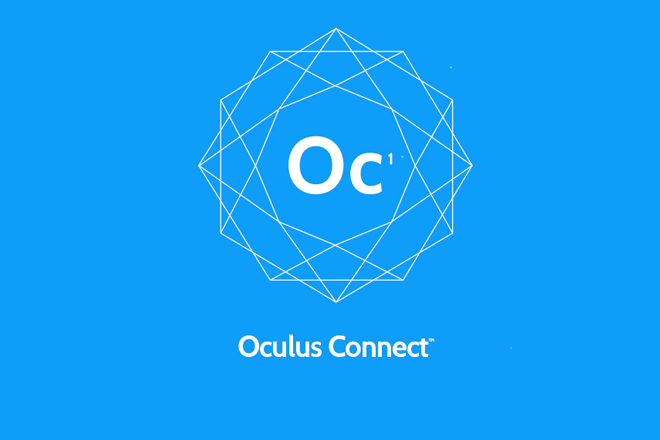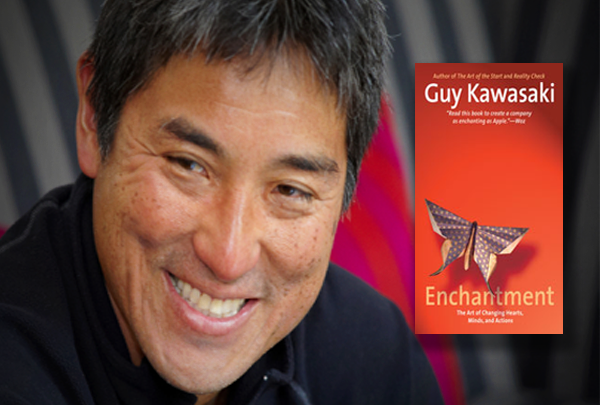What if trucks could drive themselves? As automation technology proves to be reliable, the adoption of self-driving vehicles will continue to occur. The impacts on the economy could be massive. The UK may begin testing self-driving trucks in 2015. According to The Sunday Times, UK ministers recently visited Sweden to witness the technology in action and are making plans to bring it to the UK. Advocates say the technology could increase fuel efficiency and make better use of human time.
Some proposed systems, such as Volvo's SARTRE road train system, would have vehicles driving tightly together in a caravan using Wi-Fi, infrared cameras, and laser sensors to keep vehicles at a safe distance from each other. Each vehicle would have a driver in it, though only the front driver would be steering. The other "drivers" could be working on administrative tasks - or eating lunch. While governments and companies are starting out slowly, the eventual result could very well be fully driverless vehicles. This could also be useful for America's economy, as the American Trucking Associations (ATA) estimates that the U.S. is short 30,000 truck drivers.
In the United States, Google has been the most outspoken proponent of self-driving technology. Their prototype (built from the ground up) goes further and foregoes the steering wheel, mirrors, and pedals found in most of today's vehicles. Their project is focused on human transport, ostensibly so people that used to spend time driving can spend more time using Google's internet services. Uber's $17 billion valuation shows that applied innovation in human transport can be quite profitable for entrepreneurs and their investors. Now imagine automating the most expensive aspect of Uber's business model: the drivers. While some people fear the safety of such auto-mobiles, advocates of self-driving vehicles point to the current rate of human driver error (~40,000 vehicle related deaths in the US each year) and want to push for dramatic safety improvements through well-designed automation.
While the ride-sharing & taxi industry will be attractive, the real prize could be in supply chain logistics. Global shipping is worth trillions of dollars, and margins could be improved with this new technology. The last couple decades have seen container ships greatly increase in size in order to achieve better economies of scale. The BBC talked with Matt Collette, who teaches ship design at the University of Michigan. He says, “There are two primary drivers for automation,” says Collette. “One is that human beings are not very good at long repetitive tasks. That’s when you see lapses in concentration that lead to the ship getting into a collision or running aground,” he explains.
“Automation could reduce those types of accidents significantly, because the computers have no problem paying attention for a two-month voyage.”
In the 20th century, Malcolm McLean helped adopt the standard size and shape of shipping containers. Although a simple invention, containerization drastically lowered the costs of shipping around the world. Some economists find evidence that the shipping container has done more for global trade than every trade agreement signed in the past 50 years. Now, with automated transportation, the economics of international trade may be revolutionized yet again in the 21st century.



































